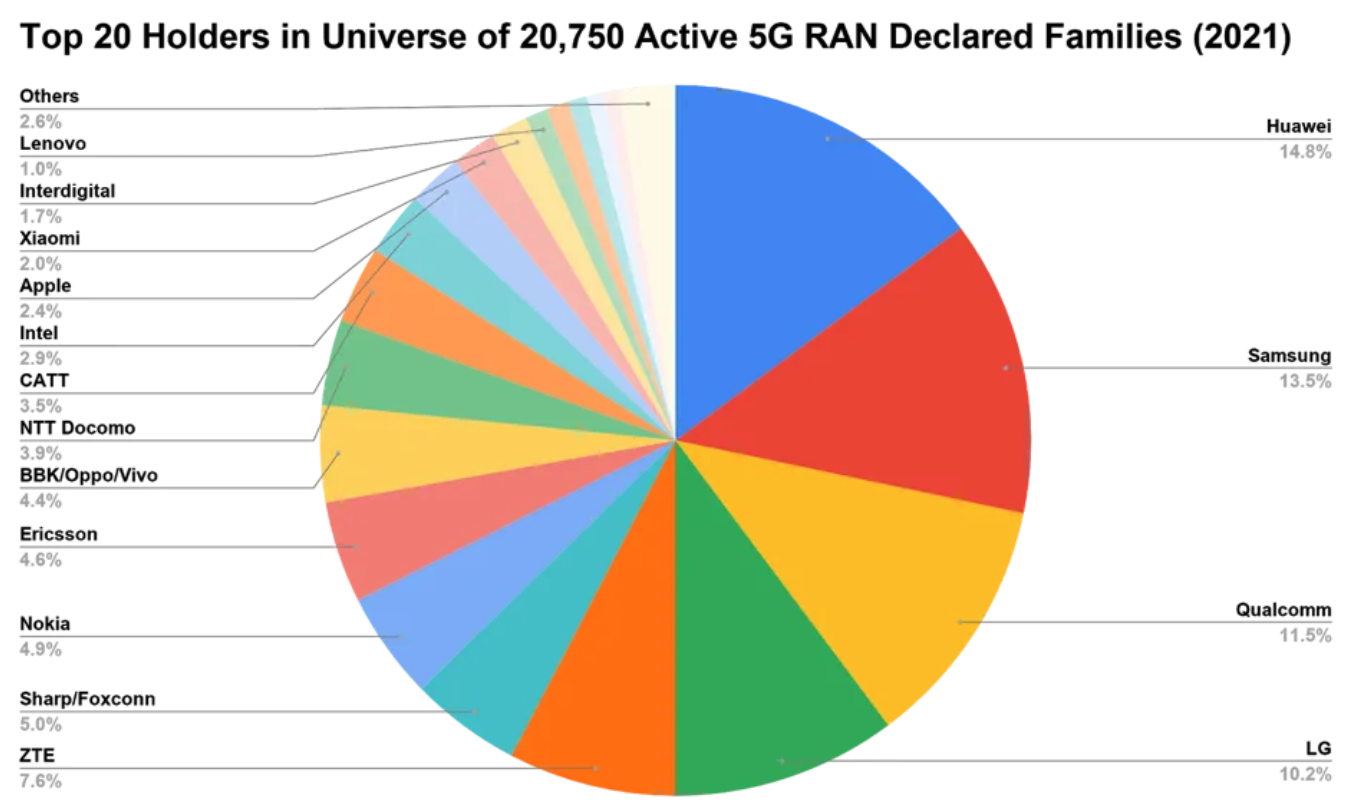The June 2022 Brattle Group report calculates Fair, Reasonable And Non-Discriminatory (FRAND) royalty rates for wireless Standard-Essential Patents (SEPs) in vehicles for both 4G/LTE and 5G.
Brattle found that wireless technology is increasingly expanding from handsets to the Internet of Things (IoT), including “connected vehicles.” LTE royalties for handsets (unlike those for vehicles) have been market and court tested, offering clarity around applicable FRAND rates for handsets. Rates for vehicles thus were calculated using LTE handset rates as a benchmark; adjusted for the differences in usage and capabilities. Brattle also found royalty rates for 5G as applied to vehicles to be the same as LTE because 5G rates have not been market or court tested and 5G currently offers no additional value to vehicles over LTE. While some 5G connected vehicle applications may create value in the future, that future is still uncertain and years away. Brattle notes that widespread adoption of 5G connected vehicle applications is necessary before any appreciable value can be attached to them.
Brattle uses two distinct approaches to obtain an independent, FRAND rate. The first identified a vehicle’s Telematics Control Unit (TCU) as the key licensable component and calculated a FRAND rate of $6.57 per vehicle for a comparable TCU-capable handset, adjusted for the lower connectivity and usage requirements of vehicles.
The second approach uses the consumers’ relative willingness to pay for wireless connectivity in different applications as an indicator of the relative value of a 4G license in those applications, and found that consumers value connectivity in vehicles significantly less than in handsets. Using this approach, Brattle found the rate to be $7.76 per vehicle.
The full report and other 5G tools are available exclusively through Unified Patents. In addition to economic reports, Unified provides Objective Patent Landscapes (OPAL) for many standards, including 5G and LTE, with the world’s largest human evaluated training set, Wi-Fi 6, HEVC, AVC, and others. Unified’s standard submission database, OPEN, allows users to access all contributions to major standards such as 3GPP, MPEG, IEEE, and IETF.
Complete the form below to receive the full executive summary done by the Brattle Group and sponsored by Unified Patents.






